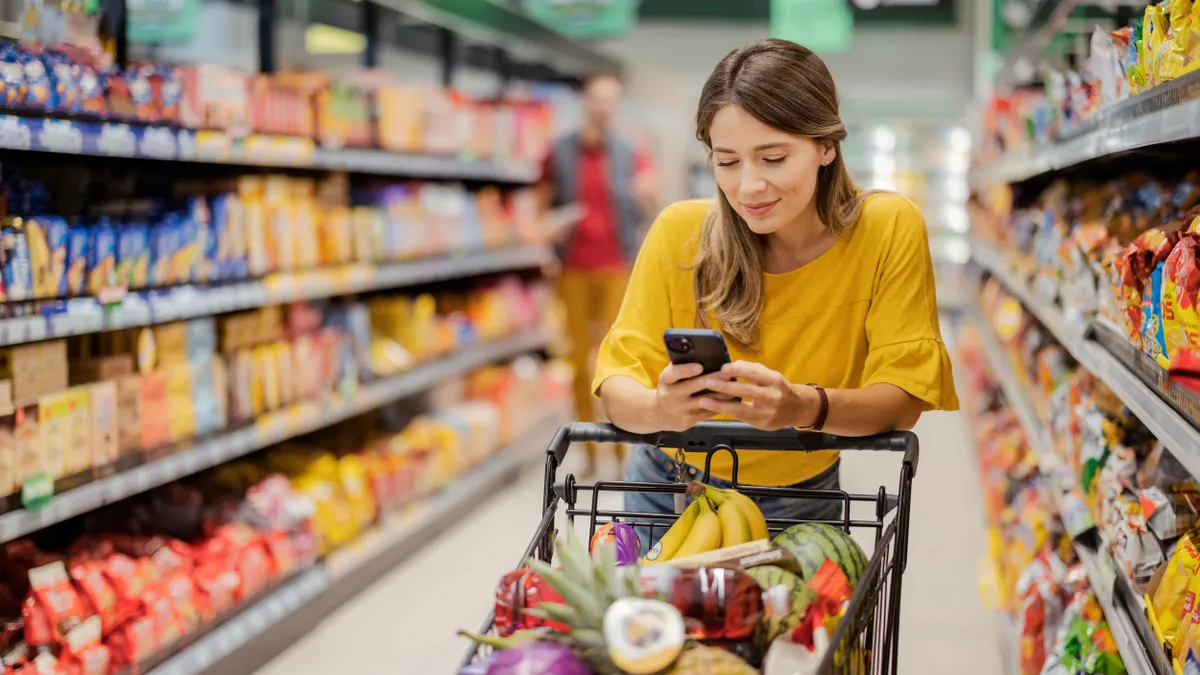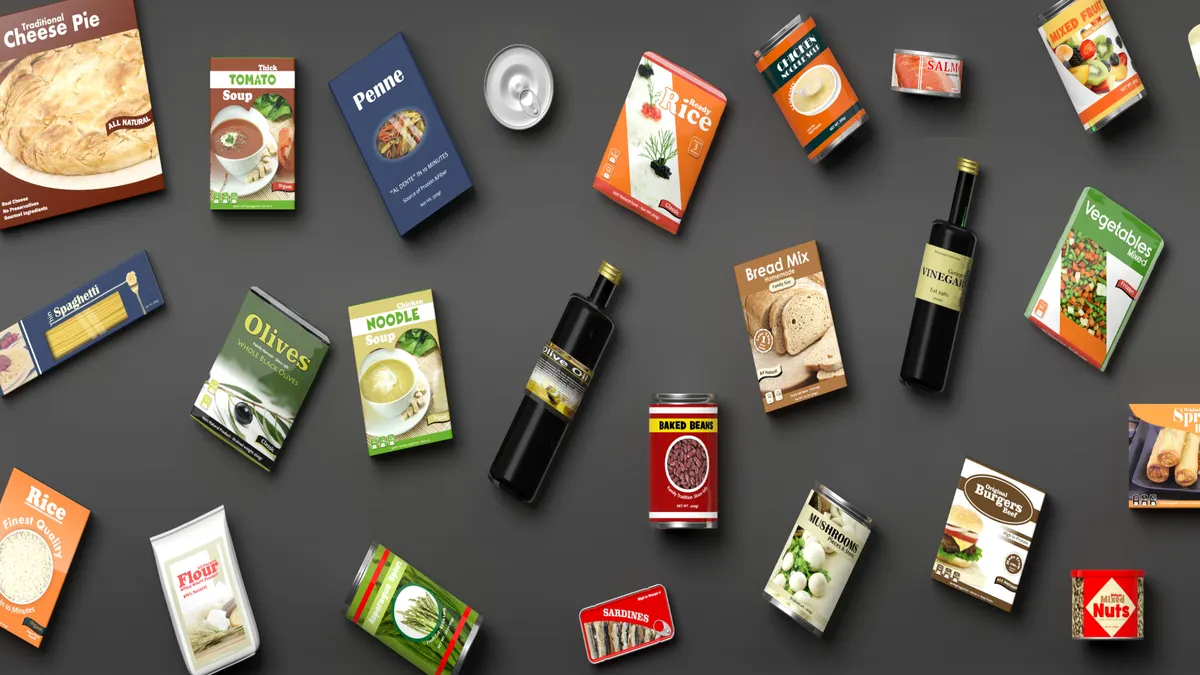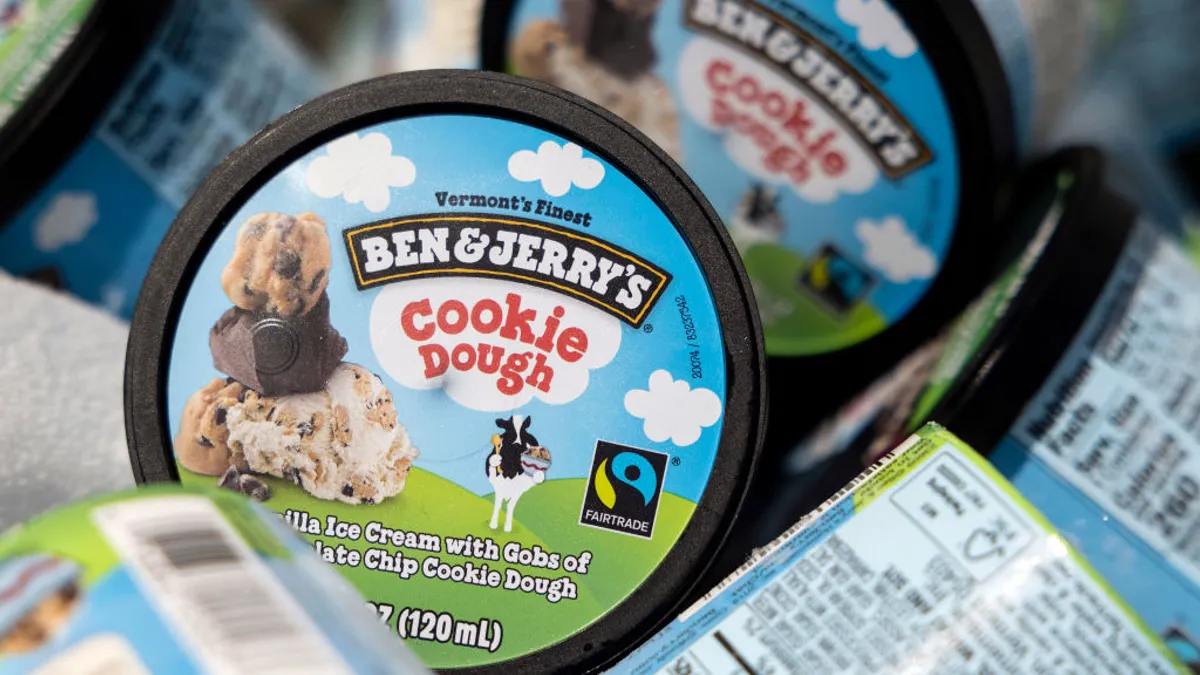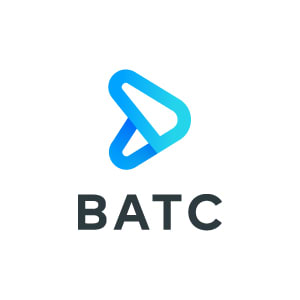We’ve all been there: juggling family schedules, meetings, deadlines, and a flood of texts, only to get home from the grocery store and realize we forgot a key item on the shopping list.
Soon, AI might remember to not only supply everything on our list, but also purchase items we may not have even known we wanted, automating the process based on personal tastes, dietary preferences and more.
According to the 2025 CPG survey by PwC, 40% of consumers say they expect to use AI for comparison shopping by 2030, and an estimated one third of those consumers expect all of the purchasing decisions to be automated. For millennials, the audience considered most likely to use this technology, 62% of those surveyed say they expect to order more online and 46% say they’ll use automated purchasing apps, reordering through smart devices with predictive technology.
By communicating with a chatbot (with optional voice commands) powered by GenAI, an agent can assist with a personally-tailored shopping list based on an individual’s new product requests, past purchases, and might even anticipate the next round and collect product samples based on video-watching habits like cooking demos. Through various online interactions, it can recognize spending habits, personal tastes, and even budget thresholds, delivering an autonomously-conceived, value-driven haul of goods that is purchased using comparison pricing algorithms with product reviews. No need to wait for sales or deal with coupon codes, the AI shopper will instantly get the best deal.
In the next few years, smart homes are projected to be what smart phones were by the 2010s — a technology increasingly embraced as the norm by the mainstream. Home appliances, not just laptops, phones and tablets, but the refrigerator, will know when to replenish supplies like milk and coffee, as well as keep track of dietary restrictions and other considerations (such as penchants for sustainably-made products and reduced microplastics) when reordering and building lists. PwC says, “In five years, the phrase ‘grocery run’ may sound as dated as ‘dial-up.’”
One of the standout features of this technology is its knack for predicting what people might buy next, drawing on their online habits. It can even sync with devices like smartwatches to build shopping lists shaped around wellness goals. For instance, if a user has a robust workout routine, the AI agent might look for breakfast options that are more protein-rich, or calming teas for bedtime.
However, according to the survey, there is a high demand for safeguards, with Gen Z respondents the most concerned about controlling the settings. They want to approve all purchasing decisions, and 100% money-back guarantees are a crucial sticking point. They also favor receiving alerts for shopping receipts and insist on automation only for pre-approved item categories.
In addition, survey participants want the AI assistant to provide rationale for unexpected purchases and expect a feature that would allow them to shut off the technology at any time, avoiding any “I’m sorry, Dave. I’m afraid I can’t do that. You will eat two dozen sorghum protein bars and you will like them” scenarios. (A reference to the famous line from rogue AI robot HAL in the 1968 sci-fi classic film “2001: A Space Odyssey”).
Incidentally, 32% of those surveyed say they would never allow the AI assistant full financial access.
The goal in five years is to deliver the most advanced, user-friendly, result-driven technology to ease, possibly eliminate, the usual hassles of shopping. According to PwC: “Consumers aren’t looking for features, they’re looking for solutions and outcomes. Products are no longer one-dimensional. They’re contextual.”








